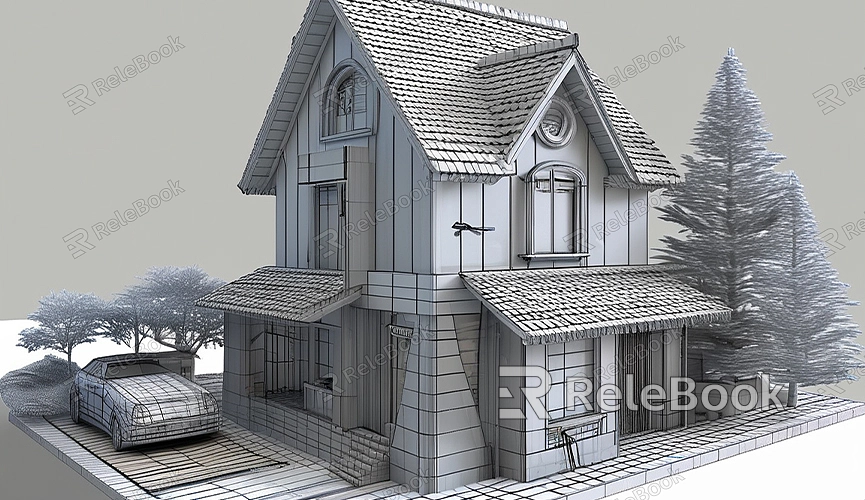How to open up last render blender
Blender is a powerful 3D modeling and rendering software loved by many 3D artists and designers. After rendering a project in Blender, you might need to view or edit the result again. So, how can you quickly open the last render in Blender? This article will guide you through the process and provide some useful tips.
Using Blender’s Built-in Features to View the Last Render
Blender offers several convenient features to help users quickly view the last render result. Here are some commonly used methods:

Viewing in the Image Editor
1. Switch to the Image Editor: In Blender’s top menu, click on "View" and select "Area Type" followed by "Image Editor". This will switch the current window to the Image Editor mode.
2. Open the Last Render Result: In the Image Editor’s top menu, click "Image" and then select "Render Result". You will now see the last rendered image. If you have rendered multiple times in the current session, you can also view different render layers here.
Using Shortcut Keys
1. Quickly View the Last Render: Press the F11 key to instantly switch to the Image Editor and display the last render result. This shortcut is very handy, especially for users who need to frequently check their render results.
Viewing in the File Browser
1. Save Render Results: To ensure that each render result is saved, you can set the output directory and file format in the render settings. After rendering, the result will automatically save to the specified location.
2. Open Render Results from File: In Blender, use the File Browser to open the saved render results. Click on "File" in the top menu, select "Open", and navigate to the directory where the render result is saved. Select the appropriate file to open it.
Managing Render Results in Blender
Blender not only allows you to quickly view the last render result but also provides some management features to help you better organize and edit your render projects.

Using Render Layers
1. Set Up Render Layers: In the render settings, you can create and manage multiple render layers. Each render layer can contain different objects, lights, and material settings, allowing you to render different scene elements separately and then composite them into a final image.
2. View and Edit Render Layers: In the Image Editor, you can select different render layers to view and edit. This flexibility allows you to adjust render results more efficiently, enhancing your workflow.
Using Render Queue
1. Set Up Render Queue: Blender allows you to use the render queue feature to render multiple projects at once. Add all the projects you need to render to the queue, and Blender will automatically render and save the results one by one.
2. Manage Render Queue: In the render queue, you can add, delete, or adjust the rendering order of projects at any time. This is especially useful for users who need to render in batches.
Tips to Improve Rendering Efficiency
To manage and view render results more efficiently, here are some tips:
1. Optimize Render Settings: Before starting the render, make sure you have optimized the render settings, including resolution, sampling rate, and lighting settings. This can reduce render time while ensuring image quality.
2. Use Proxy Objects: When rendering complex scenes, you can use proxy objects to reduce computation. Proxy objects are simplified versions of high-polygon models in the scene, which can significantly speed up rendering.
3. Preview Before Rendering: Use Blender’s real-time preview feature (Viewport Shading) to check the scene effects before starting the final render. This can help you identify and solve problems in advance, avoiding unnecessary render waste.
By following these methods, you can easily open and manage the last render result in Blender. If you need high-quality 3D textures, HDRIs, or 3D models for creating models and virtual scenes, you can download them from Relebook and import them directly into your projects. Mastering these techniques will help you complete your 3D creations more efficiently, improving both your workflow and the quality of your work.

